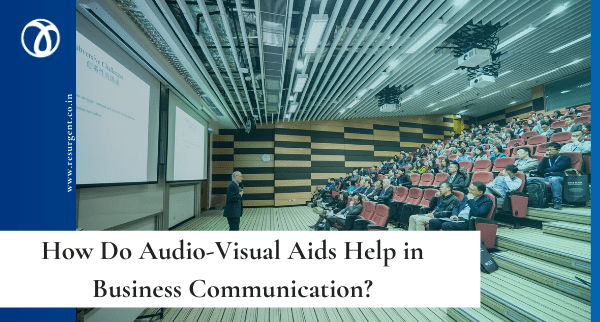Audio/video aids in business communication and training help in numerous ways. Each individual understands and retains information differently, which is why professional training organizations use multiple audio and visual tools during presentation sessions. This type of session is commonly known as a “multimedia presentation,” which can include written, visual, auditory and sometimes interactive methods.
Information Retention
According to the U.S. Department of Labor OSHA Office of Training and Education, “retention of information three days after a meeting or other event is six times greater when information is presented by visual and oral means than when the information is presented by the spoken word alone.” The combination of sight and sound, along with written handouts is a necessary component of information retention, and can be found in most every experienced training organization.
Visual Aids And Time Saving
Using visual aids can save your business time, especially if the subject contains information that may be too lengthy for written or oral communication. Pie charts, graphs, diagrams, photographs, video shorts and animation can often help explain subject matter quickly, and in a manner that is more easily absorbed by the learner. Time is valuable in every organization, so the importance of timely and effective implementation of training and communication should be a prime consideration. Visual aids can include projectors, flip charts, models, white boards or any combination thereof.
Auditory Aids
The type of auditory aid used in your multimedia presentation is most likely based on your budget, but the effectiveness of each type must be considered. Live speakers that are experienced in adult learning concepts and have working knowledge of the subject, offer an interactive experience. If a point or concept is not clear, the trainer is present to answer questions and go into further detail. Live trainers also serve to add personality to the program, and can provide individual attention to persons or groups if needed. Prerecorded voices used in presentations may seem cost-effective and get the job done, but there is no guarantee that the communication was fully understood.
Handouts
Handouts serve to reinforce oral and visual components, and can go into further detail if desired or warranted. Handouts allow participants to follow along with presented information, make notes, formulate questions or refer to key points in the future as a “refresher course.” For individuals who learn more effectively by reading than other means, handouts are an important part of business training and communication. Adding short quizzes and “fill in the blank” sections to handouts helps reinforce to material, and engages the participants in the process.
Importance of Engagement
Using multiple mediums during presentations can help individuals and groups to interact and become part of the session. Persons who are engaged in the process tend to retain and understand information more effectively, and are less prone to inattentiveness. Participation in games, Q&A sessions, team and whole-group activities not only breaks up the monotony, but encourages and reinforces learning, management and team building skills. Employees that are engaged in the process of business training and communication are better equipped to put information to use in real-life business situations.Post reference : https://bit.ly/2AoJtSd


